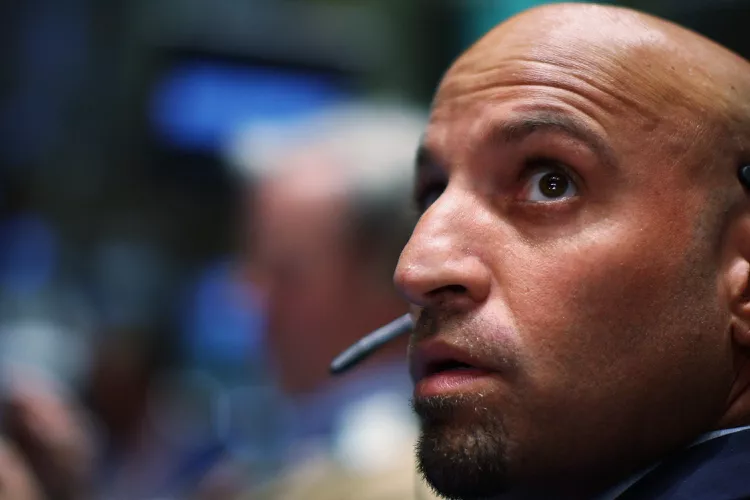DEFINITION
Racketeering involves using force, fraud or intimidation in order to earn money. This includes organizing, managing or running an illegal enterprise (a “racket”) that engages in corrupt activities. This term is used by law enforcement agencies to describe a variety of criminal activities including kidnappings, extortion and money laundering.
The Key Takeaways
- Racketeering involves gaining money or property by illegal means.
- Racketeering charges are most commonly filed as felonies under RICO at the federal level. State-specific charges may vary.
- Racketeering or “organized crime” is a criminal activity which includes extortion and fraud, the trafficking of contraband or illegal drugs and labor racketeering including union corruption and bribery.
- Racketeers are usually well connected through informal or formal associations (e.g. the Mafia), or international organizations with links to crime syndicates.
How does racketeering work?
Racketeering is a general term for a pattern of illegal activities as part of an organized criminal group, such as a gang. Racketeering may look like a regular business, but it involves illegal activities that generate profit, such as extortion and bribes.
The Racketeer-Influenced and Corrupt Organisation (RICO Act) outlines dozens crimes that are considered racketeering. RICO was passed by Congress in 1970 in response to organized crime infiltrating legitimate businesses. 1
- Murder
- Kidnapping
- Gambling
- Arson
- Robbery
- Bribery
- Extortion
- Dealing in obscene matter
- Dealing with a controlled substance, or a listed chemical
RICO can be used to prosecute a number of other crimes, such as: 1
- The embezzlement of pension and welfare funds
- Credit transactions that are extortionate
- Trafficking in firearms
- Tampering with an informant, victim or witness
- Possessing or developing biological weapons, or stockpiling them, transferring them, or acquiring them
Federal charges can be filed against any company that has “a pattern” of racketeering or illegal debt collection. This is defined as a repeat offense by an individual or a group within a 10 year period. State and federal RICO charges are available. 2 States can model their racketeering charge after federal charges.
Racketeering Examples
Racketeering could be defined as a group of criminals who acquire money by committing murders, money-laundering, drug trafficking and home invasion robberies. RICO conspiracy charges can be brought against the gang members who commit crimes.
A contracting company employee could conspire with the owner of the company to commit visa fraud or foreign labor contracting fraud in order to gain financial benefit. They force agricultural workers to work for low wages by confiscating their passports and isolating from the outside world.
There are many types of racketeering
Business Racketeering
A criminal organization may infiltrate a legitimate business, such as a nightclub or store, and use it as a front for gambling, extortion or money laundering. Some examples include the use of proceeds from drug trafficking to run a legitimate business by a drug dealer, or the intimidation of a business owner to sell the business to an organized crime figure who will then use it to commit loan-sharking and predatory lending.
Labor Racketeering
Criminals who engage in labor racketeering attempt to corrupt or control unions or employee benefit plans or employees for their own financial or personal gain. Employer extortion is committed by threatening to stop work, picketing or sabotage. They could also include requesting bribes from the employer in exchange for ignoring the union’s collective-bargaining agreement. Labor racketeering might include defrauding benefit plans as well.4
Note:
Investigations into labor racketeering are conducted by the Office of the Inspector General, Department of Labor.
Cyber-Racketeering
Racketeering is also possible online. Cyber-racketeering is usually committed by criminal groups using hacking technology to steal information and money from individuals, companies, and government agencies. Federal racketeering accusations have been brought against individuals who used phishing email, fraudulent online auctions or malware.
FAQs (Frequently Asked Questions)
What is racketeering?
Racketeering includes a number of felonies, including murder, money laundering and scamming. Other examples include bribery and robbery. Racketeering includes “attempting to, conspiring to, or intentionally aiding or coercing or intimidating another to commit” such felonies.
What constitutes racketeering under RICO?
In 1970, Congress passed the Racketeer-Influenced and Corrupt Organisation (RICO Act) to give prosecutors legal tools to combat organized crime on all levels. This was done by attacking organized criminals’ economic infrastructure and their leadership structure. These statutes focus on prosecuting groups involved in organized crime–racketeers–and reimbursing those who are unwilling victims subject to violence or economic exploitation by those criminal organizations. The RICO Act can be violated in three ways:
- Criminal enterprise that is ongoing
- Participating in a pattern or crimes as a member of a criminal organization
- Conspiracy to commit these crimes











